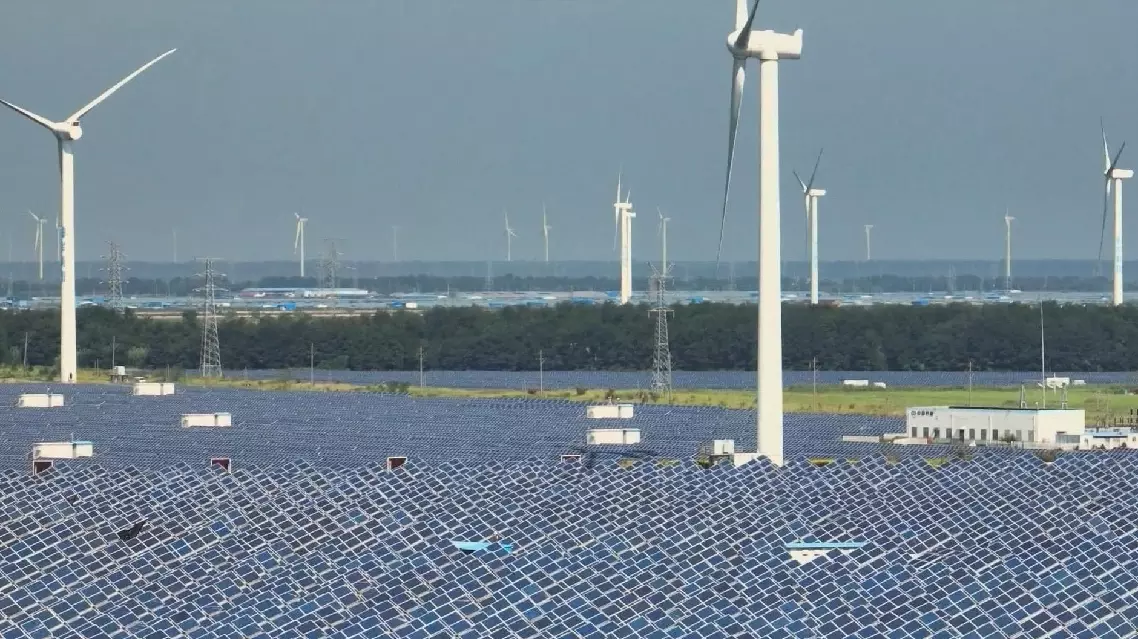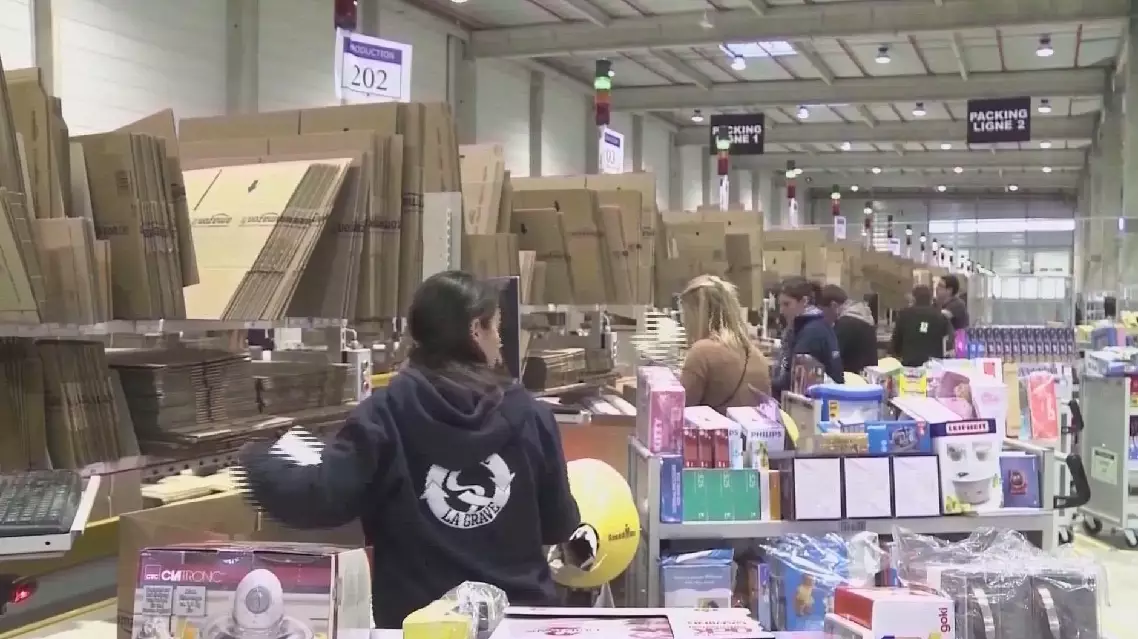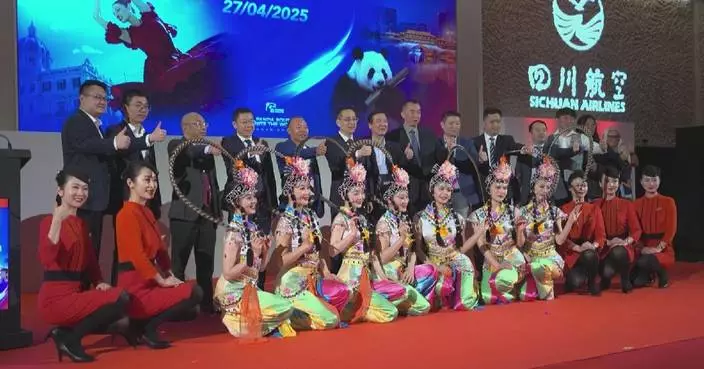China on Tuesday rolled out 17 measures to promote the high-quality development of its renewable energy green electricity certificate (GEC) market, aiming at addressing the key problems of the country's clean energy industry.
The measures were announced in a document jointly released by the National Development and Reform Commission, the National Energy Administration (NEA), and other competent departments.
They target issues such as insufficient demand in the GEC market and the underestimated environmental value of green electricity.
The measures will also help build a GEC consumption mechanism that combines both compulsory and voluntary consumption, according to the document.
GECs are the sole proof of the environmental attributes of renewable energy power in China and serve as the only certificate for verifying renewable energy production and consumption.
China will steadily promote GEC compulsory consumption in accordance with the law, and gradually raise the consumption ratio of green electricity and verify it with GEC, said the released document. "In principle, by 2030 the green electricity consumption ratio should not be lower than the average level of national total renewable energy electricity consumption responsibility weight. In particular, the green electricity consumption ratios at the newly constructed data centers in national hub nodes should be further enhanced beyond the level of 80 percent. Meanwhile, efforts will be made to construct a batch of green factories and industrial parks that have high green electricity consumption ratios. Green electricity consumption data will also be incorporated into the ESG (environmental, social and governance) reports of listed companies," said Pan Huimin, deputy director of NEA's New Energy Department.
The document also said green electricity consumption ratio will be required on enterprises and data centers in steel, building materials, and chemical industries, as well as other key energy-consuming industries and institutions.
"This year, we plan to raise green electricity consumption ratio requirement on more industries and also require them to use GEC in accounting electricity consumption. Requirements will be implemented to achieve comprehensive transition from controlling the total amount and intensity of energy consumption to controlling the total amount and intensity of carbon emissions. On the basis of using GEC to conduct the calculation of this year's energy efficiency evaluation and assessment, we will also study how to include GEC into the evaluation of controlling the total amount and intensity of carbon emissions," said Li Chuangjun, director of NEA's New Energy Department.

China launches measures to promote development of green electricity certificate market




















































